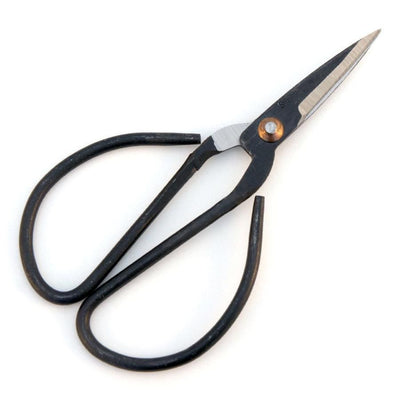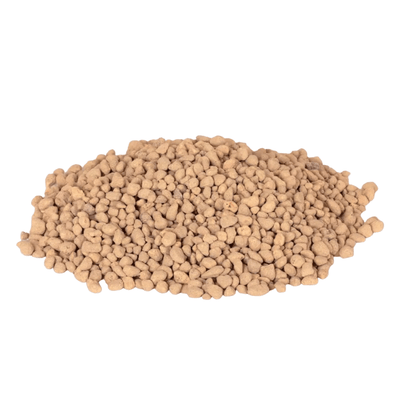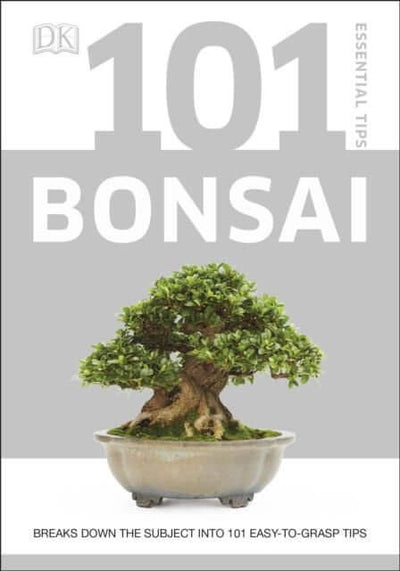Scots Pine bonsai (Pinus Sylvestris) Care Guide
Caring for a Scots Pine bonsai requires attention to various aspects of its cultivation, including watering, pruning, fertilizing, and placement. Here's a general care guide to help you keep your Scots Pine bonsai healthy and thriving:
-
Light and Placement: Place your Scots Pine bonsai in a location that receives full sun. These trees are adapted to grow in sunny conditions, so providing adequate light is essential for their health.
-
Watering: Water the bonsai regularly to keep the soil evenly moist but not waterlogged. Allow the top inch of the soil to dry out slightly before watering again. It's important to strike a balance between providing enough water and avoiding waterlogged conditions, as pines are susceptible to root rot.
-
Soil: Use a well-draining bonsai soil mix that provides good aeration. A mix of pine bark, peat moss, and perlite or grit can work well for Scots Pine bonsai. Repotting should be done every 2-3 years to refresh the soil and prevent root congestion.
-
Pruning and Training: Pruning is crucial to maintain the shape and size of your bonsai. Pinch back the new growth during the growing season to encourage compactness. In early spring, you can also perform more substantial pruning to shape the tree and remove any weak or dead branches. Wiring can be used to guide branches into the desired shape, but be cautious as pine branches are more brittle compared to other species.
-
Fertilization: Fertilize your Scots Pine bonsai with a balanced, slow-release bonsai fertilizer during the growing season (spring through summer). Avoid fertilizing during winter when the tree is dormant. Follow the manufacturer's instructions for application rates.
-
Winter Care: Scots Pines are hardy trees, but protection might be necessary in extremely cold climates. Place your bonsai in a sheltered spot, such as an unheated garage or against a south-facing wall, to provide some protection from harsh winter weather.
-
Pest and Disease Management: Keep an eye out for pests like aphids, scale insects, and pine sawflies. Regularly inspect your bonsai for any signs of pests or diseases. If you notice any problems, address them promptly with appropriate treatments.
-
Wiring and Styling: Wiring can be used to shape and style the branches of your Scots Pine bonsai. However, pine branches are sensitive and prone to scarring, so use caution and check the wire regularly to prevent it from cutting into the bark.
-
Air Circulation: Good air circulation is important to prevent fungal issues. Avoid overcrowding your bonsai with other plants, as this can lead to increased humidity around the tree.
-
Patience: Growing a Scots Pine bonsai takes time and patience. These trees have a slower growth rate compared to some other species, so it's important to be patient as you shape and refine your bonsai's appearance over the years.
Remember that each bonsai is unique, and adjustments to care might be needed based on the specific conditions of your environment. Regular observation and attentive care will help you develop a beautiful and healthy Scots Pine bonsai over time.








